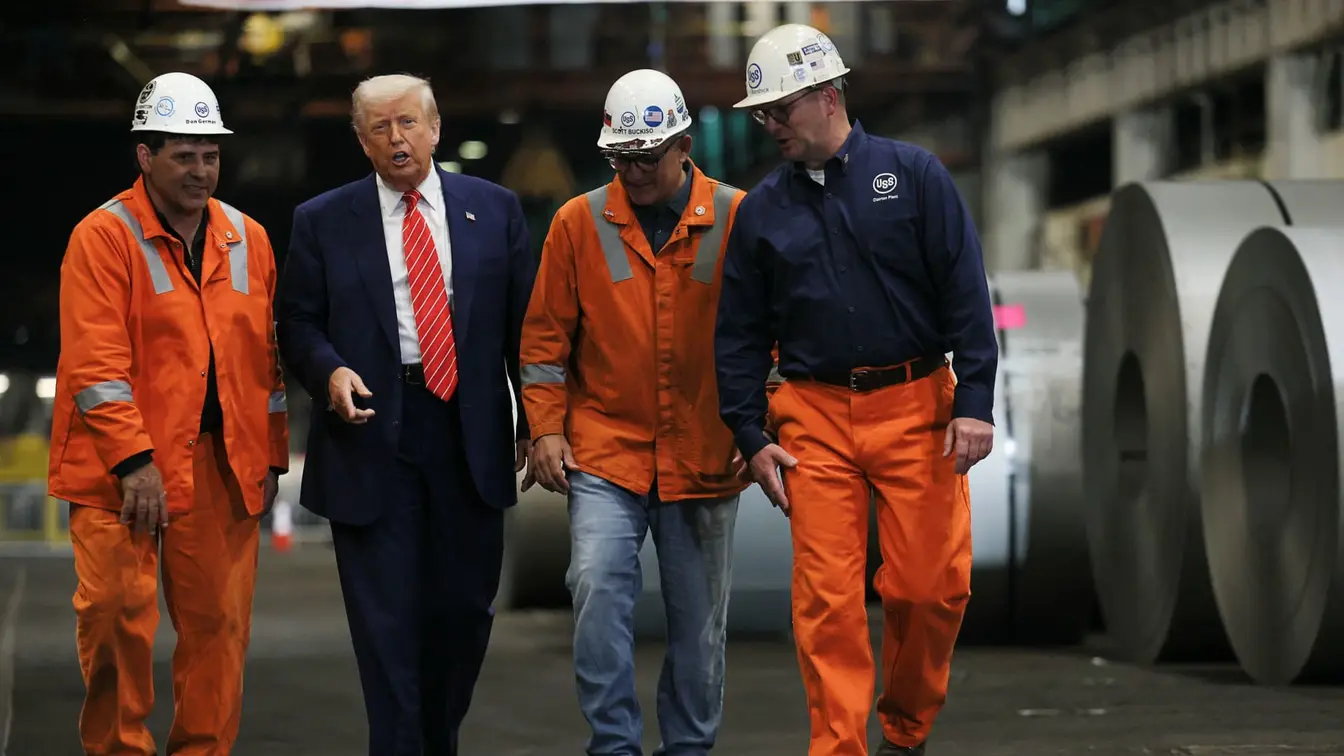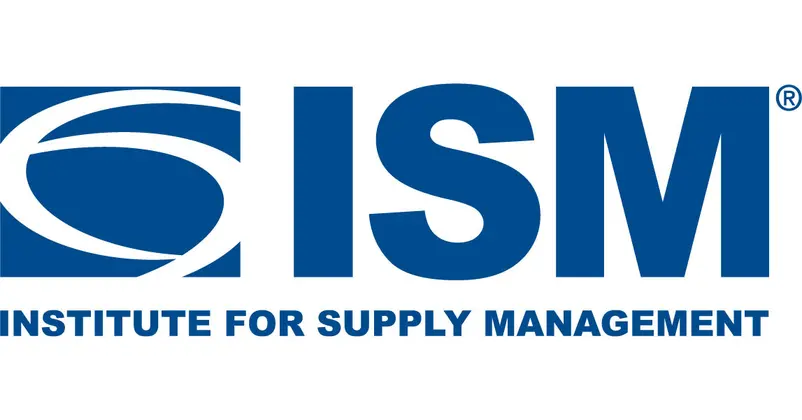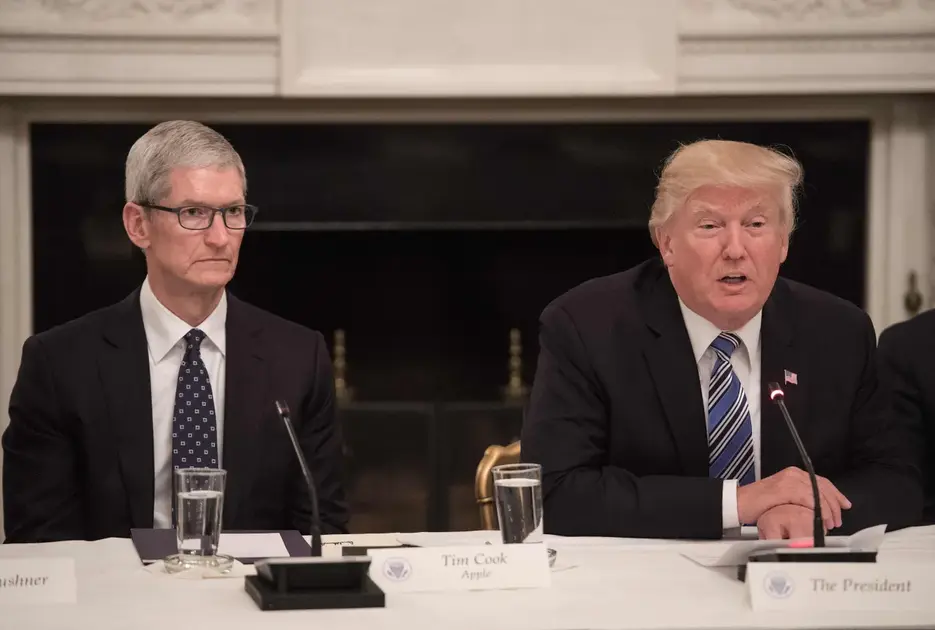T4K3.news
Tariffs expanded to 407 more products
New steel and aluminum tariffs now cover 407 additional product categories, effective immediately, raising costs across several sectors.

The expansion broadens tariff coverage by hundreds of product categories, signaling a more aggressive stance on metal inputs.
Trump expands steel and aluminum tariffs to 407 more products
On Monday, the Trump administration expanded its 50 percent tariffs on steel and aluminum to 407 additional product categories. The new measures include fire extinguishers, machinery, construction materials, and specialty chemicals that use or contain metal. The list is defined by specific 10-digit customs codes rather than product names, a format the Commerce Department says helps prevent circumvention but makes it harder for the public to see exactly what is affected.
Commerce Department officials said the move broadens the reach of the tariffs and aims to bolster the American steel and aluminum industries by closing loopholes. Industry observers noted the change could ripple through supply chains, raising costs for manufacturers and, in some cases, for consumers. Jason Miller, a supply chain professor at Michigan State University, estimated the tariff coverage touches about $320 billion of imports based on 2024 data and warned it could add inflationary pressure to prices already climbing in the United States.
Key Takeaways
"Today’s action expands the reach of the steel and aluminum tariffs and shuts down avenues for circumvention."
Statement from the Commerce Department’s under secretary for industry and security, Jeffrey Kessler.
"This will add more inflationary cost-push pressures to already climbing prices that domestic producers are charging as picked up by July’s PPI data."
Jason Miller, professor of supply chain management at Michigan State University.
"Auto parts, chemicals, plastics, furniture components, basically, if it’s shiny, metallic, or remotely related to steel or aluminum, it’s probably on the list."
Comment from Brian Baldwin, vice president of customs at Kuehne + Nagel International AG
"This isn't just another tariff, it’s a strategic shift in how steel and aluminum derivatives are regulated."
Comment from Brian Baldwin, vice president of customs at Kuehne + Nagel International AG
This policy shift signals a longer game in how tariffs are used to shape industry costs and consumer prices. By coding products through HS numbers rather than naming them, the administration emphasizes jurisdiction over substance while inviting questions about transparency and enforcement.
The expansion could benefit some domestic producers in the near term, but it also risks higher input costs for a broad range of goods and a wider inflation pass-through. Critics say the move may invite retaliation and complicate global supply chains that have already faced disruption, while supporters argue it closes loopholes and protects national capacity.
Highlights
- A broad tariff net now touches almost every maker and supplier
- Codes hide the impact behind numbers
- This is a strategic shift that may creep into every price on the shelf
- Tariffs are back in the cost chain with inflation as a likely consequence
Tariffs expansion could trigger inflationary pressures and political backlash
The broad sweep of the tariff expansion raises concerns about higher prices for consumers and potential political and economic backlash. Transparency is limited by the use of HS codes, which can obscure what products are affected and complicate public assessment.
Policy shifts like this test the balance between protecting industry and keeping prices affordable for households.
Enjoyed this? Let your friends know!
Related News

Tariffs Expand to 407 Goods

Lucid announces Q2 2025 financial results

Tariffs expand to 400 categories

July 2025 Services PMI indicates slow growth

Apple Expands U.S. Manufacturing Commitment

AstraZeneca invests $50 billion in US by 2030

BYD expands shipping empire

Tech stocks retreat as markets pause after record highs
